For a long time, I’ve been working on my September 2017 Switzerland/France travelogue, but now that it’s finally finished, I’m back to this series. It’s going to be a year soon here too. I’ll try to “document” it as soon as I can.
So far I have made the following four posts.
This time we are talking about our stay in Sofia, the capital of Bulgaria. This is where I stayed on the first day of my trip to Bulgaria and Romania.
The hotel where we stayed is this one near the former Communist Party headquarters. It takes less than 30 minutes from Boyana, a suburb of Sofia, to reach the square in front of the former Communist Party. It was hard to find a parking lot. I’m not sure if there is one in the first place. Also, I don’t know the system of street parking well because I just came here.
Parking situation in Sofia (city in Bulgaria)
I was a little worried about the parking lot, but there was a private one near the square. Because I was tired on the first day of arrival, I parked in this private place that caught my eye immediately, but if I think about it carefully, I should have parked on the street because it was free parking from 18:00 on Saturday to 9:00 on the following Monday. But actually, there were many large street parking lots behind this commune and I couldn’t find them. It was unfortunately the next day that I noticed this.
There is a very interesting system for parking on the street. In Bulgaria, you don’t use a parking meter or buy a ticket at a tobacco shop, but you send an SMS from your phone to a specific number (1302 in the picture below, in front of Aleksandr Nevsky Cathedral). (In the next picture, you can see the screenshot of the actual SMS.
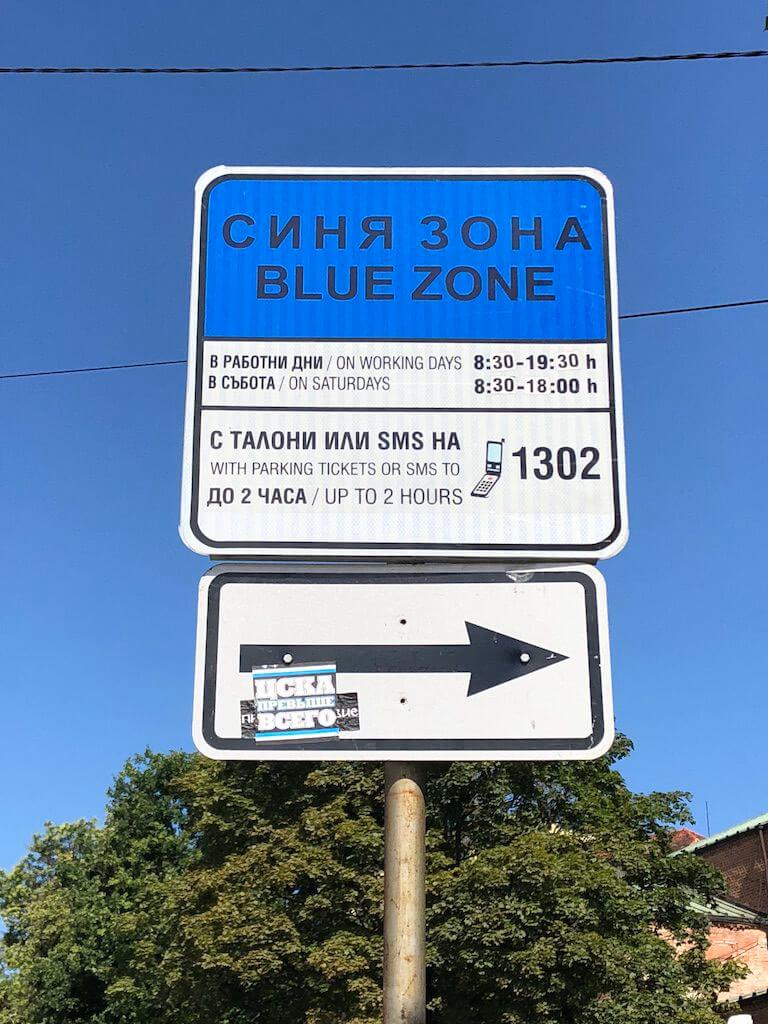
But here’s the tricky part. This social networking system can only be used with a SIM card from VIVA, a local Bulgarian telecommunications company.
It was two days later in the morning that I bought a prepaid SIM for Bulgaria. I bought it in Plovdiv, the second largest city in Bulgaria. Buying a prepaid SIM was very easy and fast. The SIM was fast and very useful, but I only used the above method for parking twice, once when I stayed one night in the border town of Ruse and the next day. (In Ruse, send an SMS to 1382)
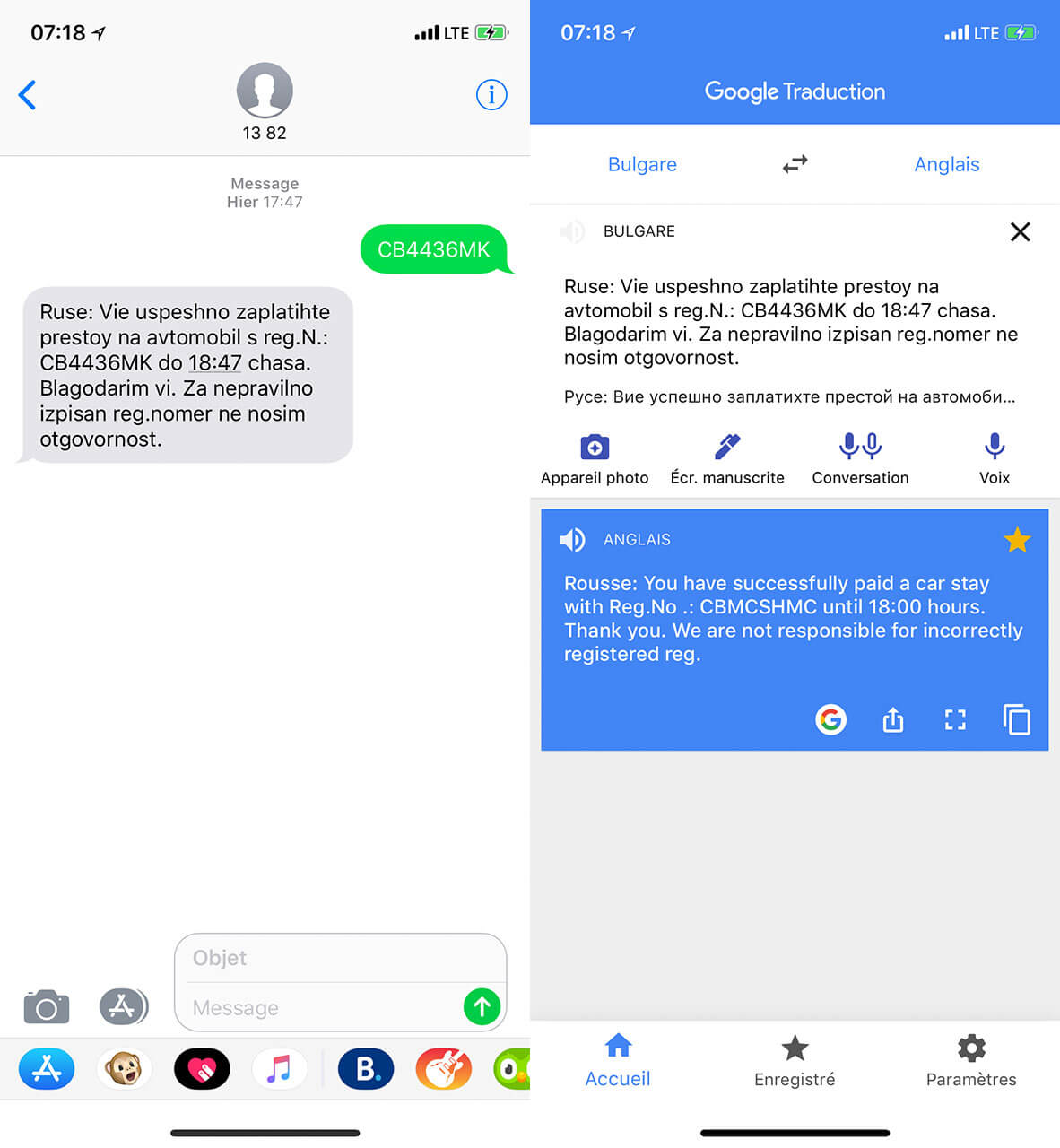
But just getting to experience it was huge!
Hotels in Sofia
Now, back to the hotel. The hotel we stayed at this time is located facing the former Communist Party headquarters square.
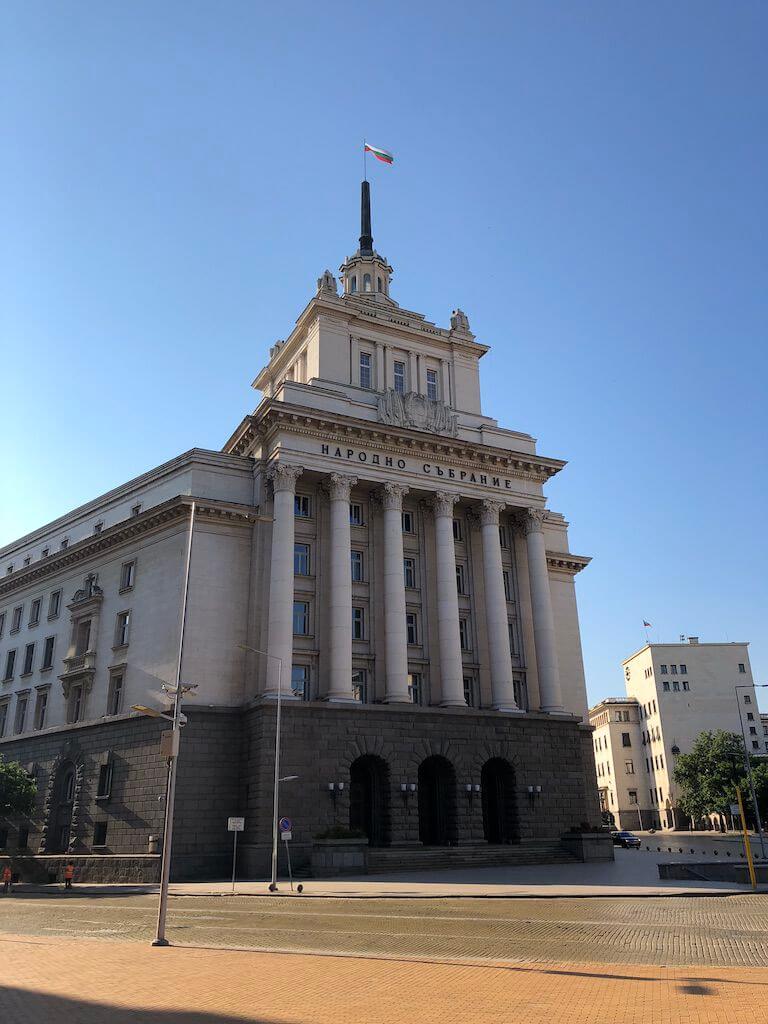
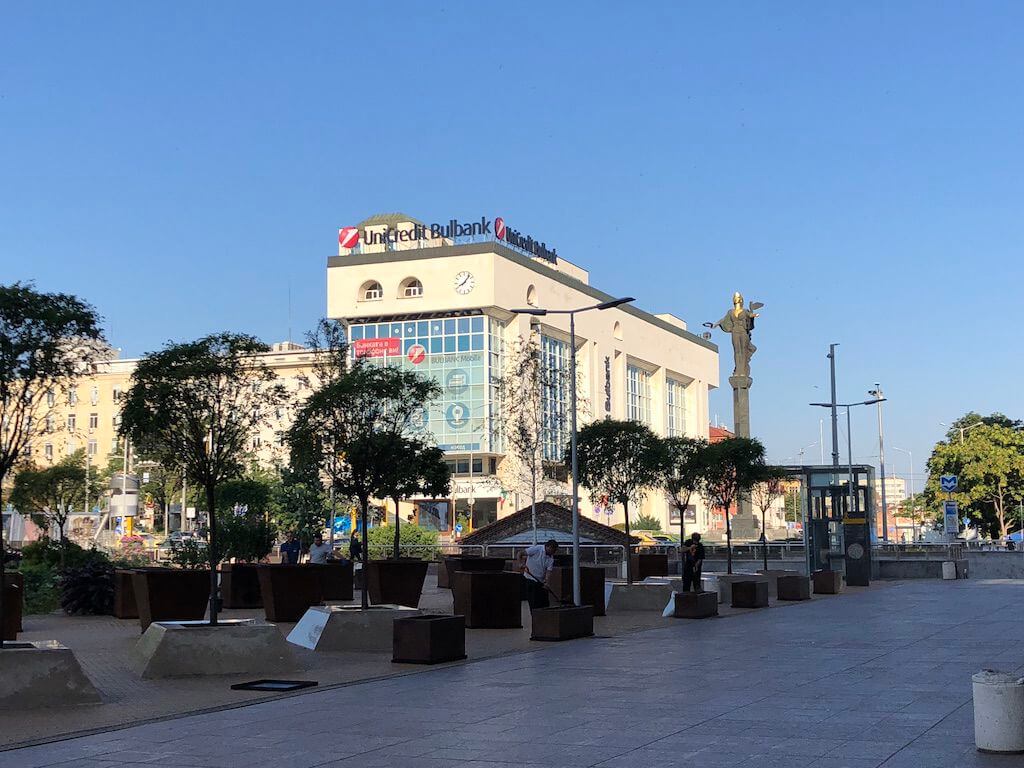
The hotel is very new, and the owner seems to be from Western Europe. Bulgaria is said to be one of the cheapest countries in Eastern Europe, and as I will show you in the next few pages, it has a wealth of historical assets, exotic and delicious food due to Turkish influence, and a thriving wine production industry that is cheap and of good quality. The country is rich in historical assets, and the food is exotic and delicious due to Turkish influence. However, these foreign-funded establishments are more expensive than their domestic counterparts. Hotel prices are comparable to those in regional cities in Western Europe. I felt that the prices were probably 20-30% higher than those in Bulgaria.
Restaurants in Sofia
Sofia is all about accommodation and dinner. Is there a restaurant, surprisingly TripAdvisor information is plentiful, we decided on this restaurant which is a little over 5 minutes walk from the hotel. We chose it because the pictures we saw on TripAdvisor were stylish and the food looked good.
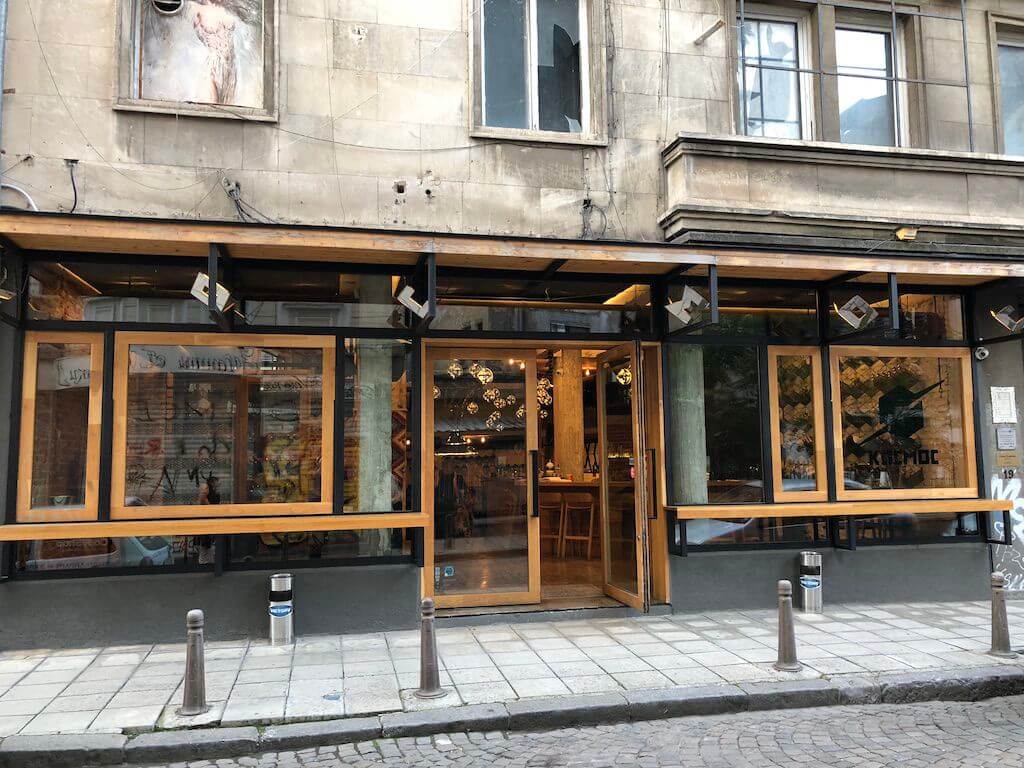
レストラン情報:Cosmos
The streets of Sofia are very old communist style, but sometimes there are some places that seem to have western capital, and only there are beautiful buildings. The street from the Communist Party headquarters to the cathedral is sparkling, but basically there are a lot of old buildings made of unadorned concrete.
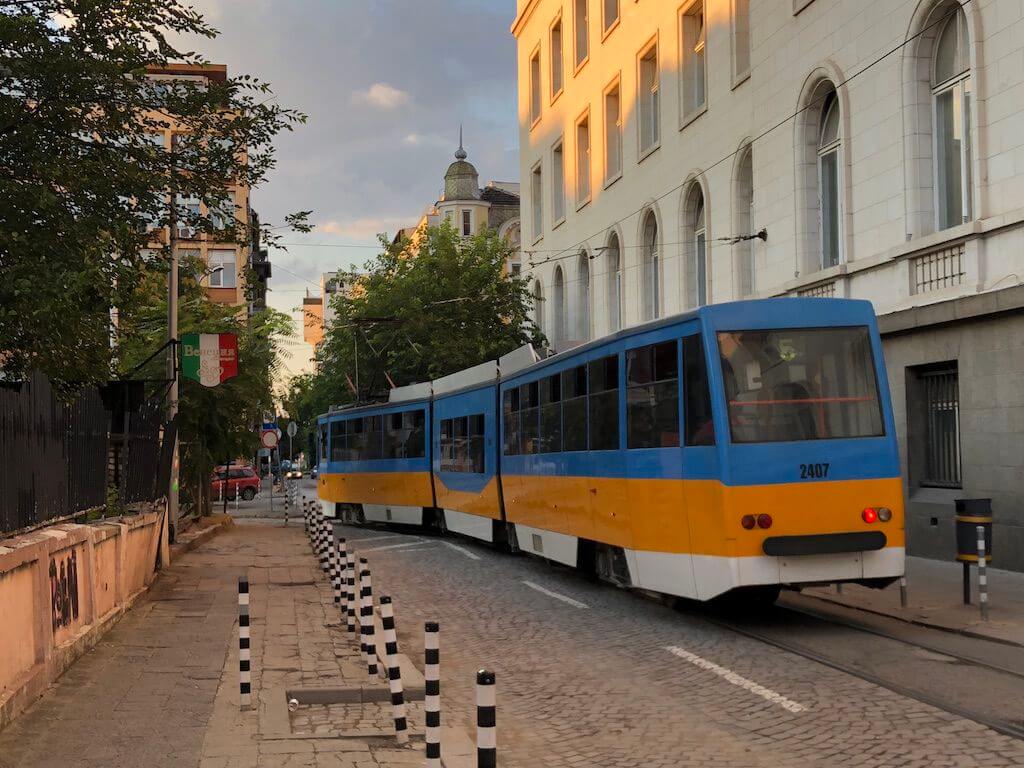

This restaurant is also definitely run by a foreign company. I was walking in the city where it was hard to find the beautiful buildings I saw in the pictures, but suddenly I saw a sparkling restaurant. That was this restaurant.

We didn’t have a reservation, but the prices are higher than the surrounding restaurants, probably because it is still sparkling. It is considered to be one of the more expensive restaurants in Sofia. However, the food was very good. It was more like French food than Bulgarian food.
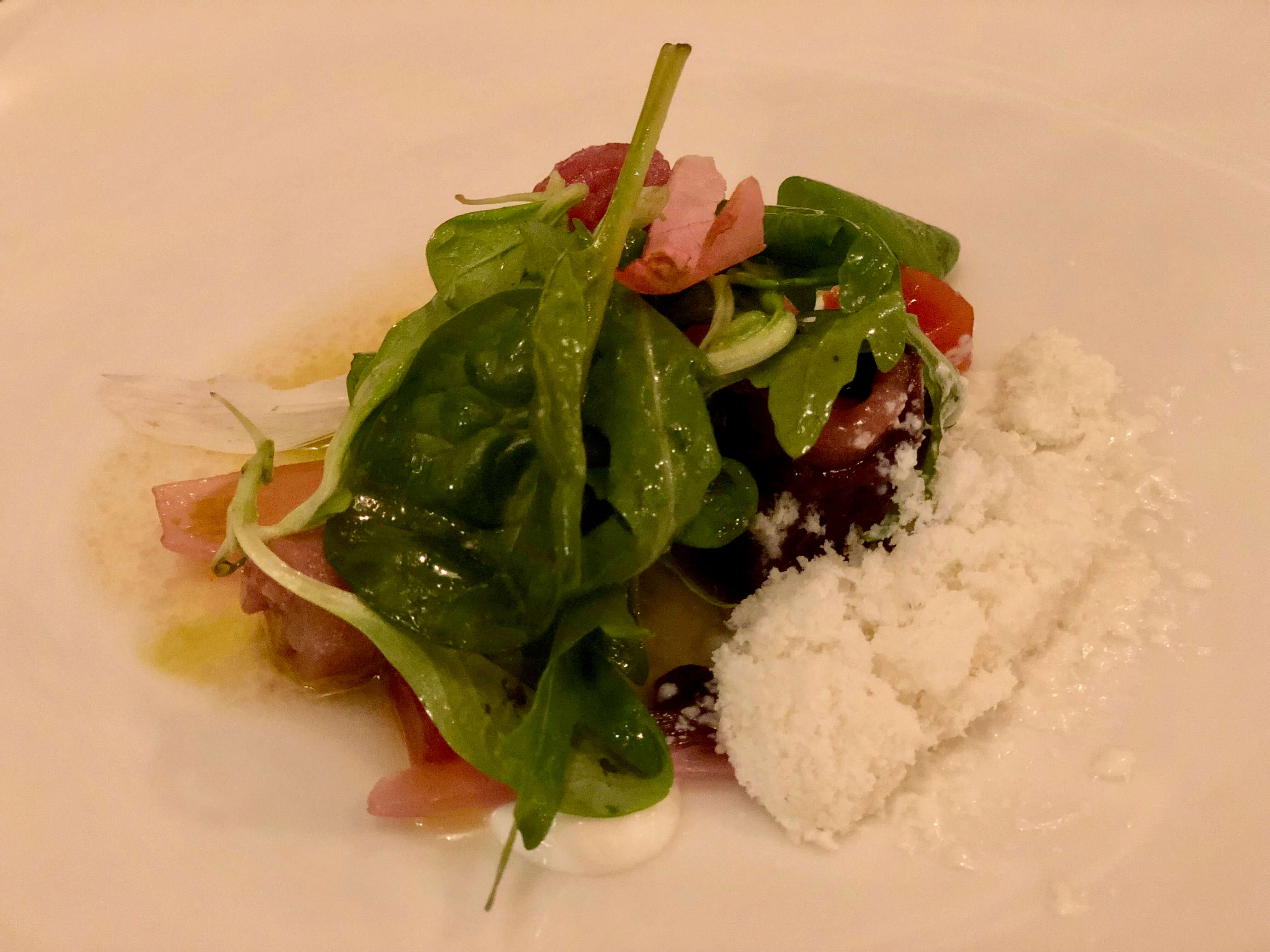
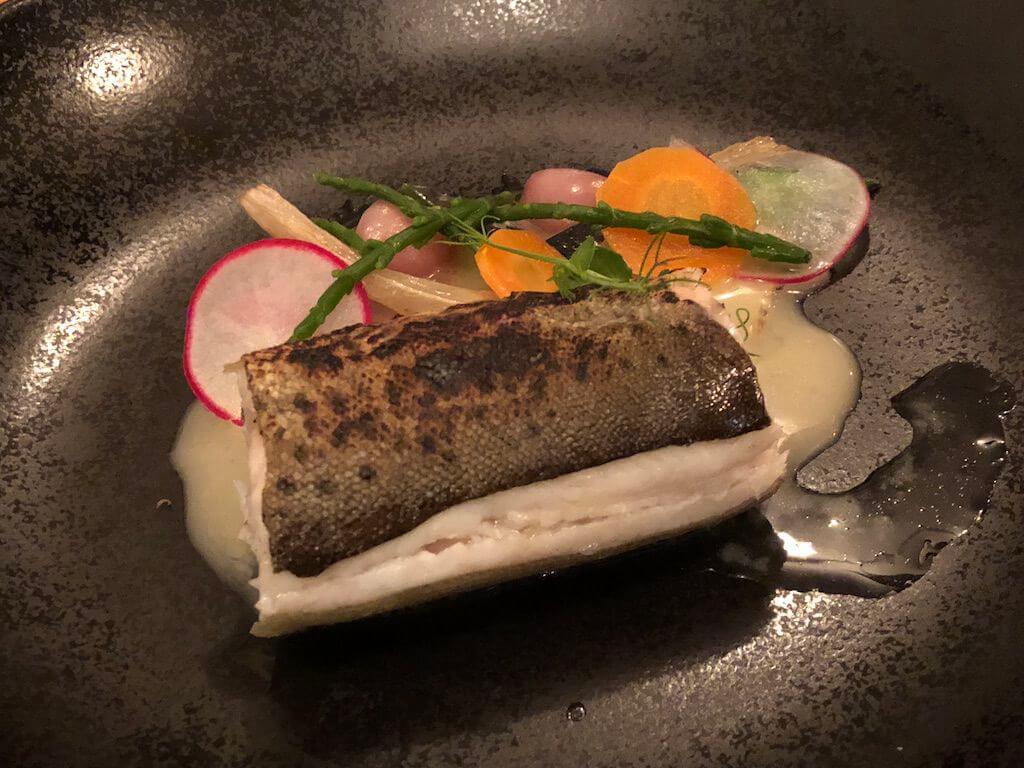
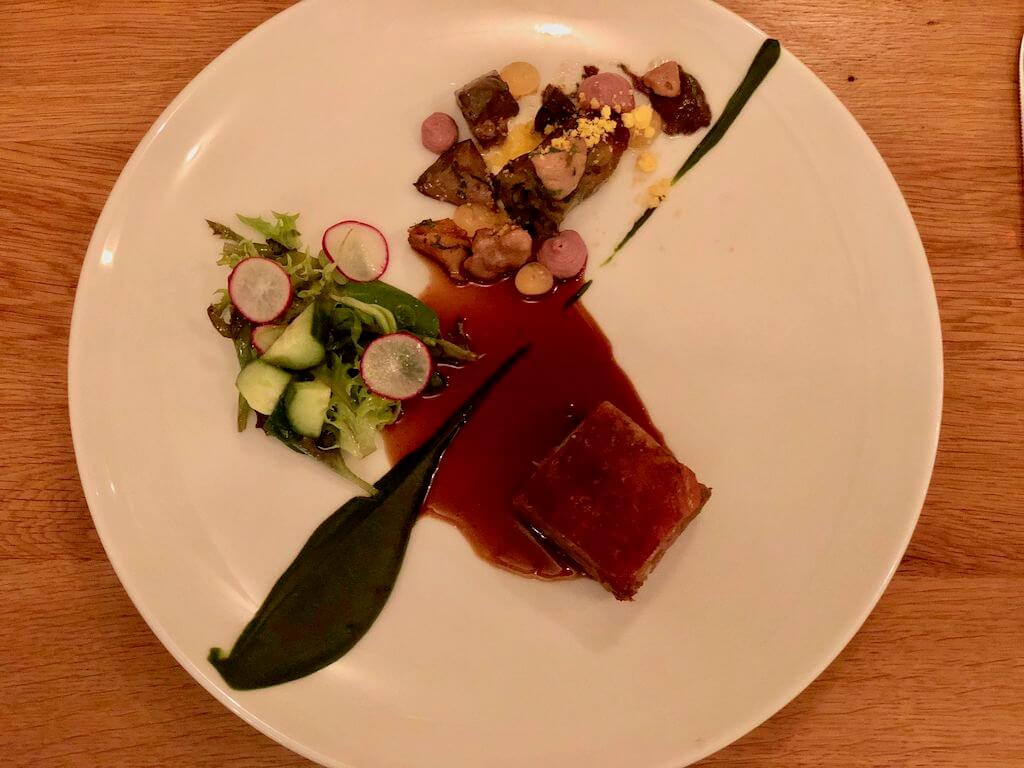
The wine of this country is also reputed to be delicious. We had a bottle of this wine. The local wine is very cheap even in high class restaurants. I don’t remember how much it was lol.
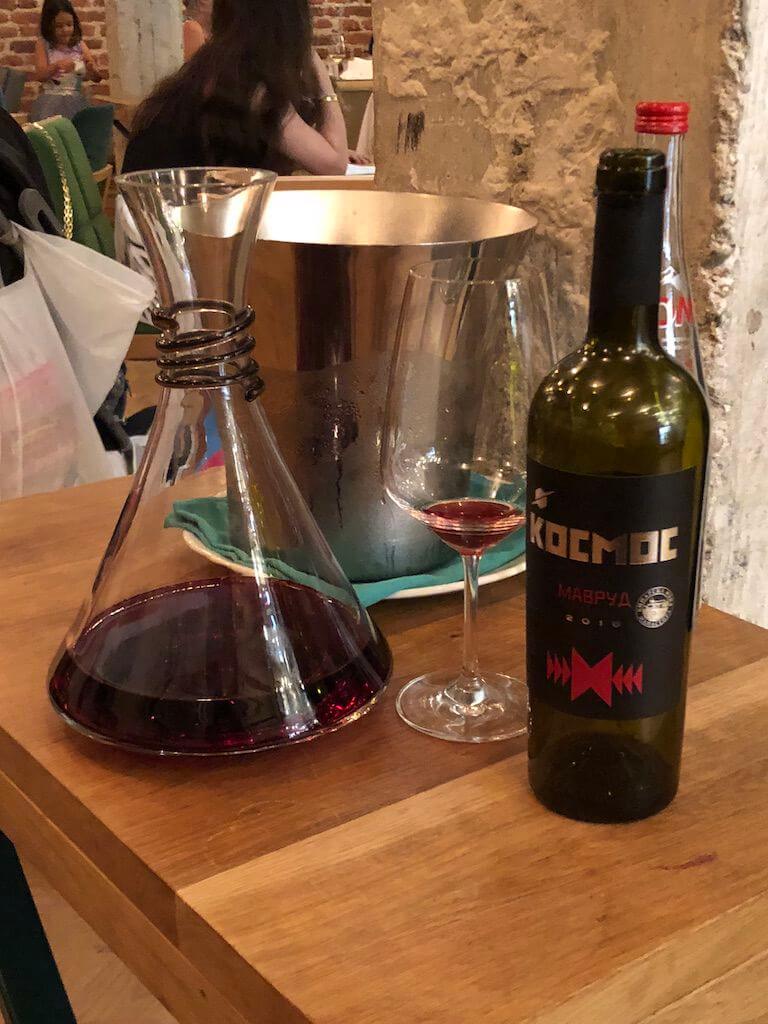

As we’ll find out on future trips, I think I could have ordered a bottle and had a pretty good one for between 15 and 20 Euros.
Sightseeing in Sofia
I’m sorry for the long preface, but I’d like to talk about the city of Sofia. However, we arrived Sofia in the night, so we could only visit the city in the morning of the next day. It was only in the morning.



Bulgaria is a member of the so-called Eastern Greek Orthodox Church, but it also has its own Bulgarian Orthodox Church. The largest church of the Bulgarian Orthodox Church is the Alexander Nevski Cathedral in Sofia.


As I recall, it was not allowed to take photos inside. The inside was very beautiful. The monastery in Rila was the same, but the Bulgarian Orthodox Church may be strict about taking photos inside.

The area where the “Alexander Nevsky Cathedral” is located is also the center of the city, so it was very clean and comfortable.




We also saw some other small but typical Bulgarian Orthodox churches in the city. This is the Cathedral of St. Nikolai the Miracle Worker (Russian Church), which I saw on the way from the former headquarters of the Communist Party to the Alexander Nevski Cathedral. It seems that the person who built this cathedral was also involved in the construction of Alexander Nevsky Cathedral. That’s why they look alike.

Now, there are some historical monuments near the former Communist Party headquarters where we were staying. First of all, in the underpass, there is a Roman ruin from the 2nd century. It is called “Serdica Ruins”. Serdica is an old name of Sofia.



Bulgaria is a country with a very long history, and it is common to find these Roman remains underneath large cities.
By the way, as we will find out in the future, Bulgarians seem to respect the Thracians who existed long before their ancestors, the Romans, very much. But the Roman remains were treated rather appropriately (well, firmly, but…). The above is my own personal opinion.
There is also a metro station (Serdica station) in front of the former Communist Party headquarters, and near the ticket gates of this station is the St. Petka underground church. It is a very small church. We were able to enter inside, but photography was not allowed inside.

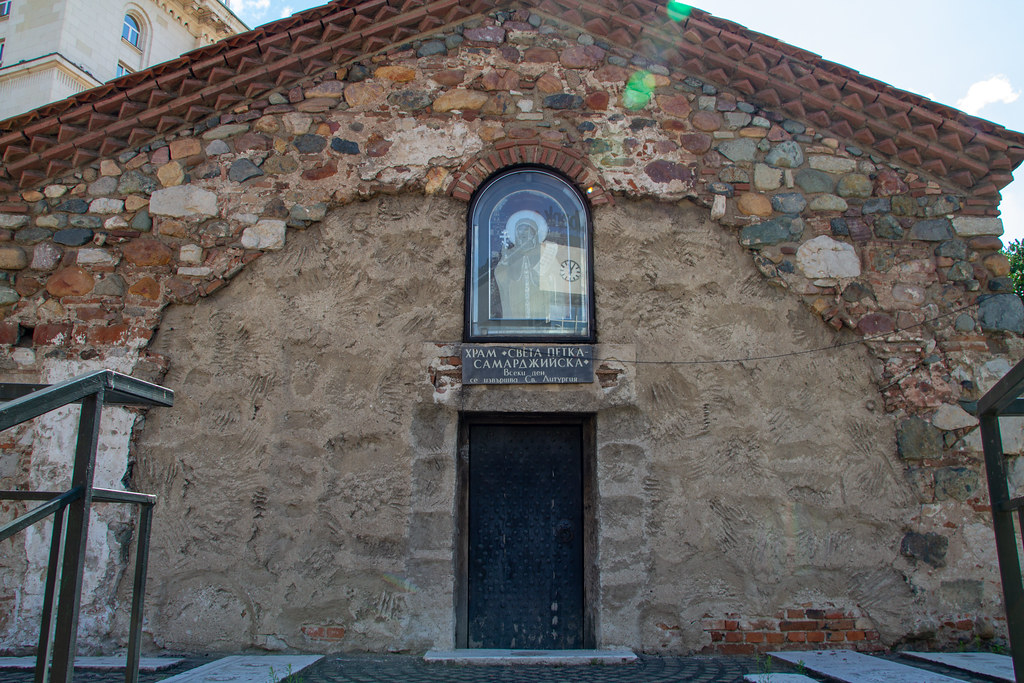
This was the only sightseeing we did in Sofia, as we had originally prioritized visiting other parts of the country. We could hardly visit the southwestern part of Bulgaria, so if we have a chance to visit here, we will stop by Sofia again. I hope to see the sights again then. I’m not sure when, but maybe the city’s infrastructure will have improved a bit by then.






